Whenever I walk out onto The Nature Conservancy’s Bluestem Prairie preserve, one of the best and largest tallgrass prairies in Minnesota, I love spotting the brilliant blue flower of a bottle gentian beneath the grass.
I wonder if it will be able to live here in the future, or if warming climate will encourage other species, ones that like warmer and drier conditions, to flourish in its place?
Thinking about changes in climate and its effect on native species makes me wonder how we might also adjust our current restoration practices so that we can help landscapes better adapt to the future. As conditions across the globe change, plants and wildlife need to adapt or move.

If they cannot do so, they risk extinction. In Minnesota, North Dakota and South Dakota, The Nature Conservancy is taking action to adopt a new approach to prairie restoration to help native plants respond to changing conditions.
Led by the Conservancy and North Dakota State University, the effort includes federal and state agencies from across the three states who have agreed to help explore how we can make prairie restorations more successful by utilizing seed from multiple places.
We are studying whether sites sowed with seed from a number of different source prairies are healthier than those planted with seed from only one or two sites. The project also will help make it easier for landowners and managers to obtain prairie seed from multiple sites by developing and sharing restoration resources.
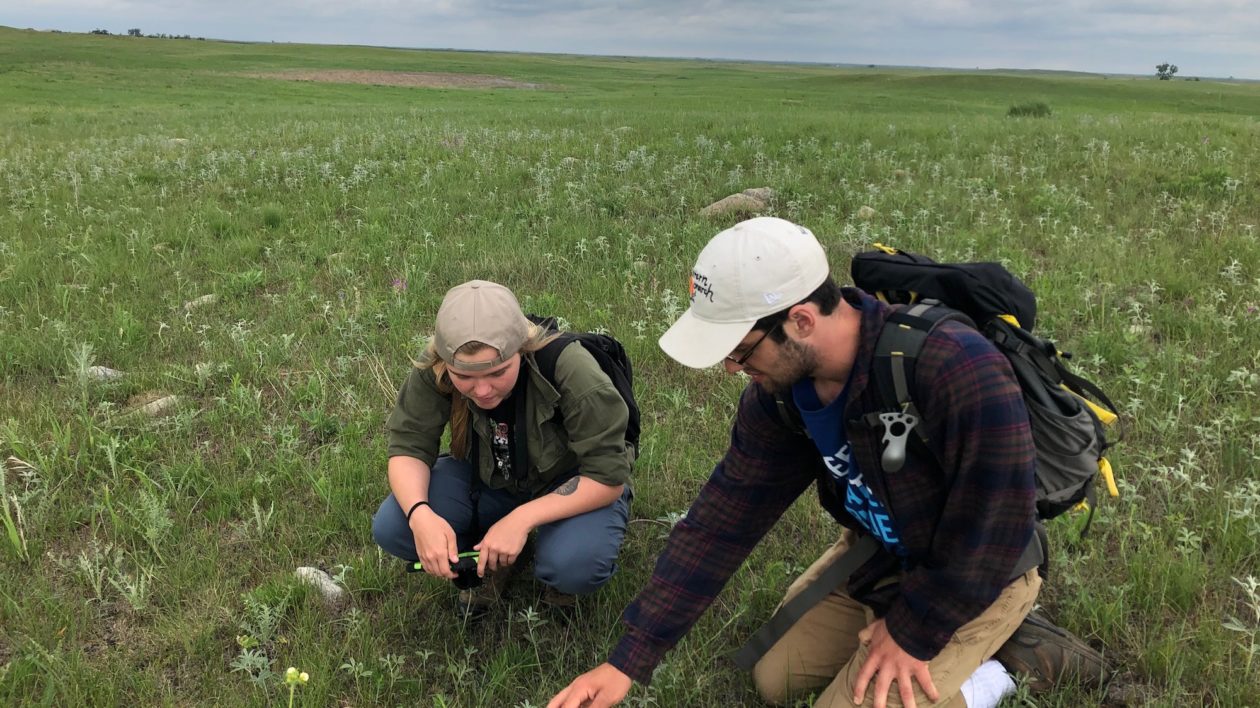
Diversity is a Key Driver
When it comes to adapting to change, more diversity is better in both big and small ways. Harvesting native prairie seed from multiple sites mixes up diversity at the small scale by bringing together genes from different places. Genetic diversity in a prairie means that individual plants can deal with new and changing conditions and will reproduce to persist for many generations.
Ecological systems are always changing, like reshaping of lakeshore dunes or a changing meander of a stream, and this variability is good.
However, in our altered landscape, many of the natural processes and ways that systems adapt have been diminished or even eliminated. Central North America once was a vast complex of grassland and wetland where animals moved freely.
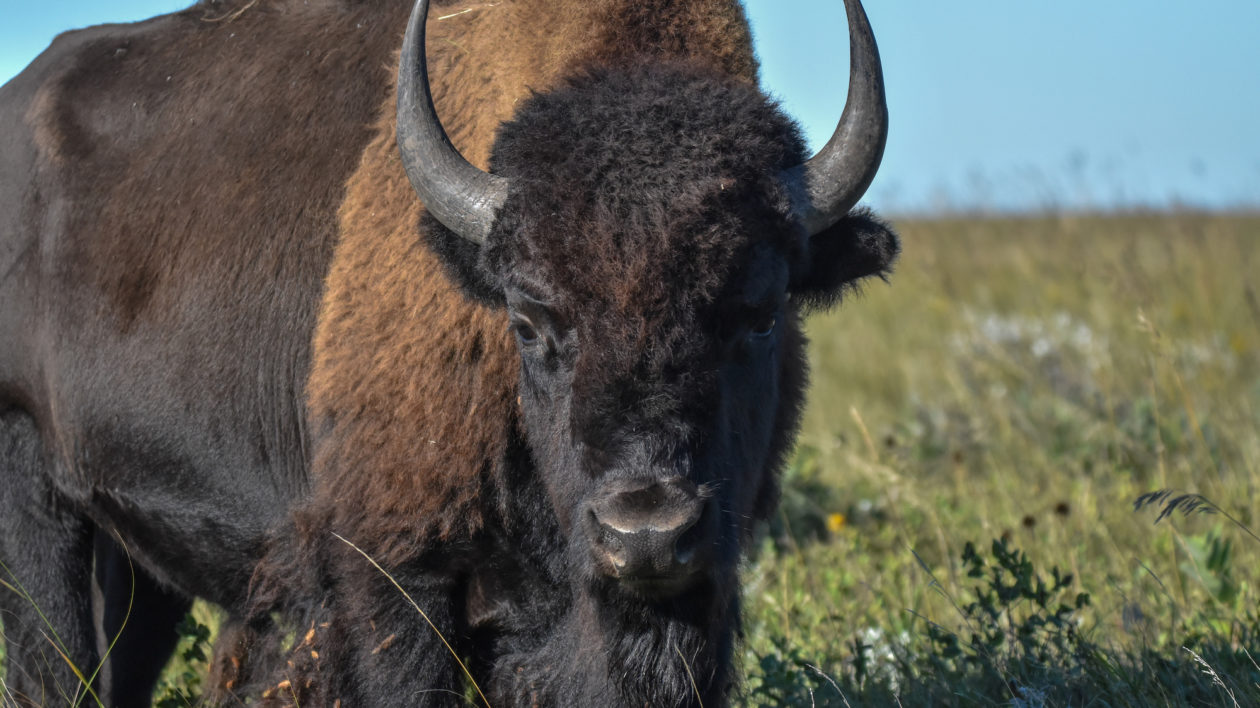
As they moved from place to place via the ground or the air, they carried pollen and seeds with them. If you have ever picked showy tick-trefoil seeds off your pants after a short hike, imagine the amount of seeds that herds of hairy bison could move across the Great Plains.
Seeds and pollen are packets of genetic material that, prior to European settlement, were able to travel unimpeded as they hitchhiked a ride with animals, and along wind and water, to pollinate plants potentially miles away. Unfortunately, the prairie today exists only in very small, highly fragmented pieces and those natural processes and pathways of dispersal are gone. However, when doing prairie restoration we have the opportunity to design projects with these facts in mind.
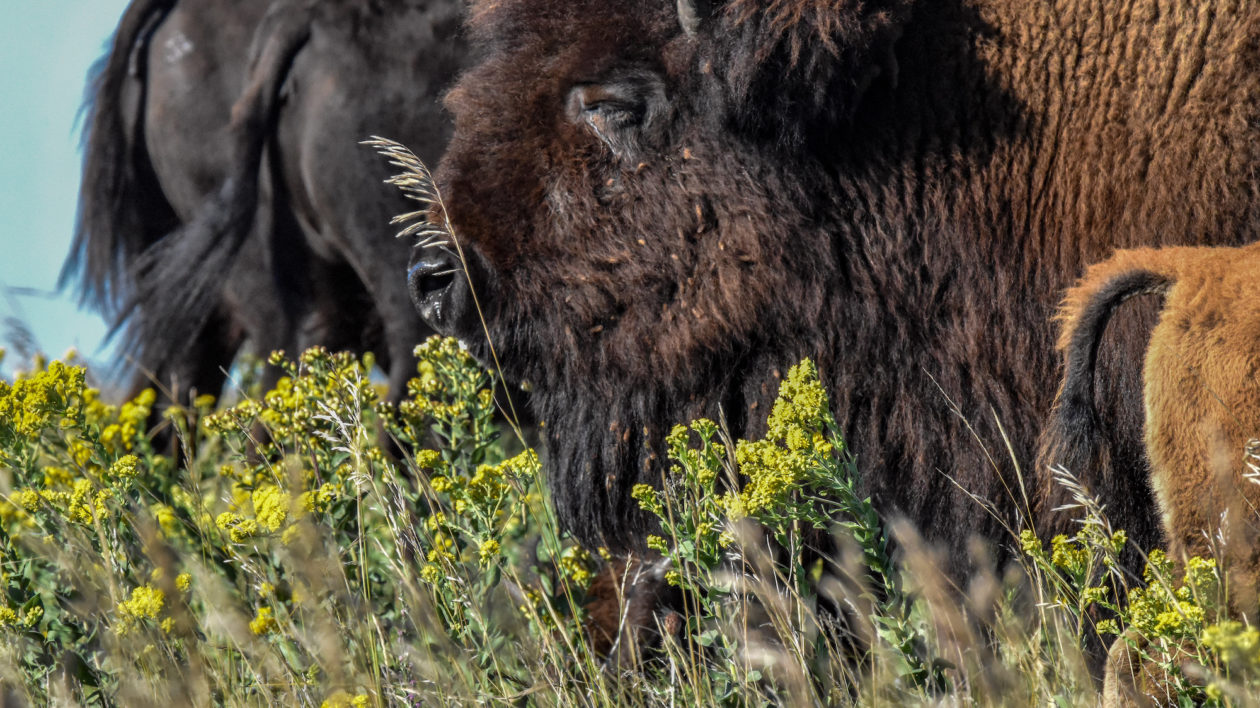
Mixing Things Up
Widely applied restoration practices emphasize getting seed from local remnant prairie. We are building on this practice to use seed from multiple local sites. But with so little prairie left, it can be a challenge to find more than one seed source for different prairie plant species.
For example, we need to know where we can find multiple populations of wild bergamot and American wild licorice. An inventory of plant species locations across the landscape does not exist in most areas.
Therefore, in summer 2019, field crews searched remnant prairies for healthy populations of native species and mapped their locations. As we continue to add sites, this growing database will help landowners and managers identify multiple seed sources.
This map is particularly useful for less common, expensive and difficult to obtain species. As the summer days lengthened and seeds ripened, teams returned (with appropriate permission) to hand-harvest seeds for sowing. In total, the teams collected 637 lbs. of 196 species that will go directly back into restoration projects on TNC preserves over the next year.
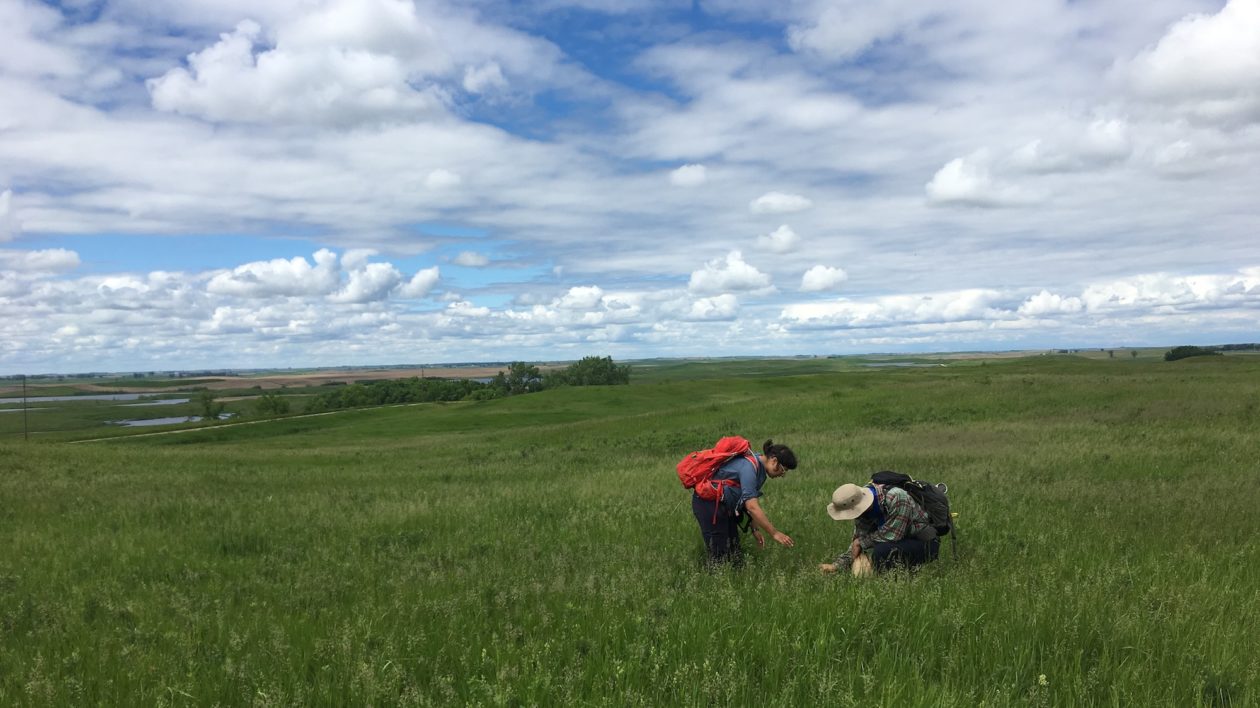
Learn and Share
The Conservancy is implementing this new seed sourcing strategy right now on preserves including Town Hall Prairie in Minnesota and Samuel H. Ordway Preserve in South Dakota. These new projects are building resilient prairies from the seed that we harvested from multiple sources and mixed together, and we are evaluating the outcomes of these multiple source restorations to learn more.
These restorations will serve as demonstration sites for partners, landowners, and long-term evaluation of success.
To deepen our understanding of the importance of this work and best practices for seed sourcing, TNC is working with graduate researchers at NDSU in both the field and laboratory. In the field, they are setting up comparison single and multiple source restoration plots to evaluate differences in the establishment success and persistence of native diversity.
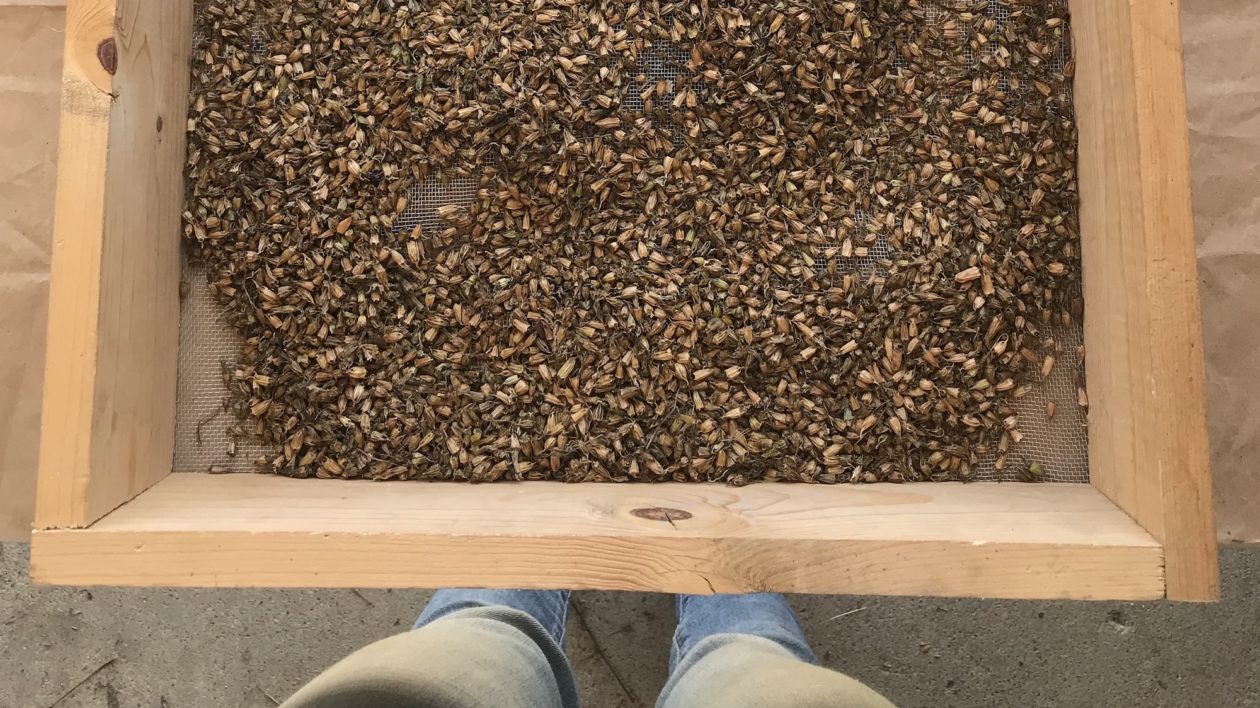
In the laboratory, they are testing how seeds from different sources respond to simulated drought conditions to understand how plants from different sources can tolerate extreme conditions that might be expected as the climate changes.
Using science to guide our work has always been a guiding principle at TNC where experimental learning complements on-the-ground restoration work. Pairing research with conservation implementation results in powerful tools for learning and advancing conservation. In planning restorations we consider differences in ecology, geography, and even cultural value and economics to fit projects to the context specifics of place. Now we also need to consider the future.
We are working to update our restoration efforts to help native plants persist into the future so that we can have diverse, resilient prairies. I’d love to see bottle gentian continue to thrive at Bluestem Prairie and elsewhere.
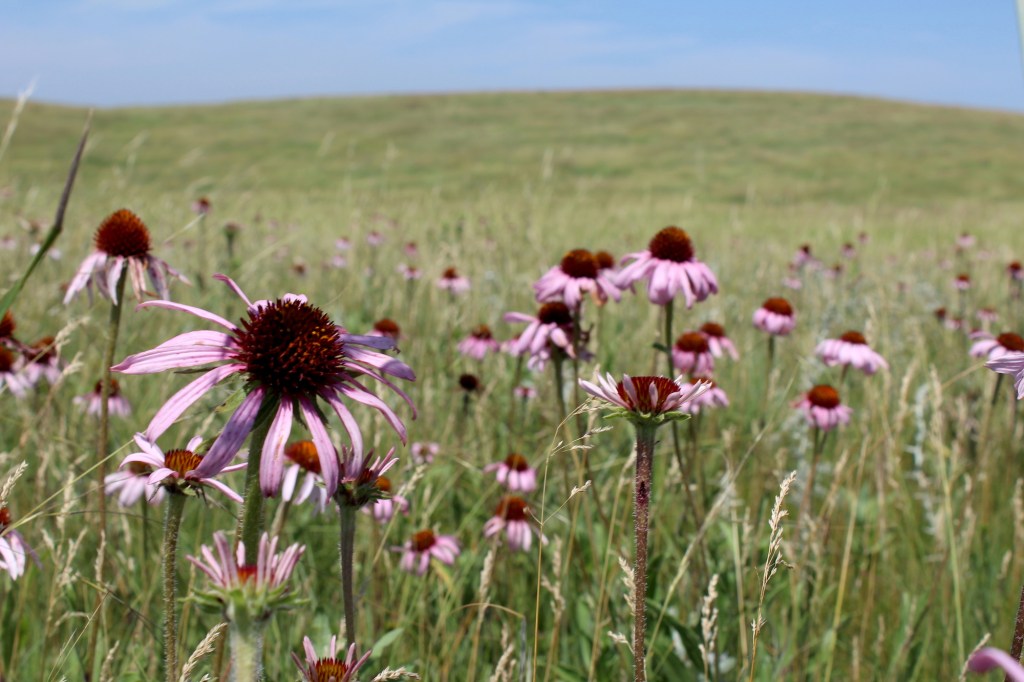
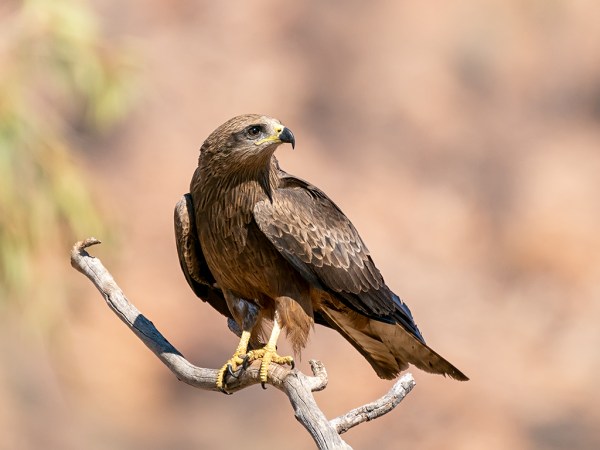

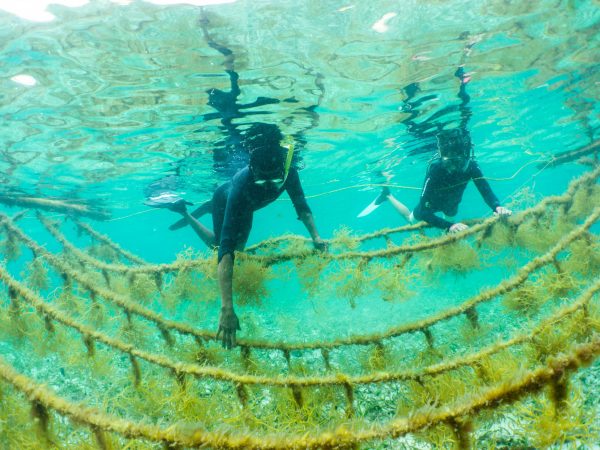
An inspiring article, Nina! Love this work. Feeds the soul! The collaboration and partnerships making this happen is a story in itself. The interpretation of seed dispersal in the graphic design video is impactful! The telling of a story to a variety of audiences is not always easy and this article with the videos tells the story for all to understand. Thank you for sharing and for your passion to share. There are a lot of amazing projects going on in the three-state chapter and telling the story is as important as the project. And this is told superbly!
Amazing article.
Excellent article Nina. Forward thinking, good science and research. We know lack of gene diversity is an issue in both animal and human populations and common sense tells us it can be an issue with the plant world.
When natural systems have been altered by human activity, that same human activity can be employed to try and return those same systems to what would have occurred on it’s own. Not always successful, it still is worth the effort and to document those results.